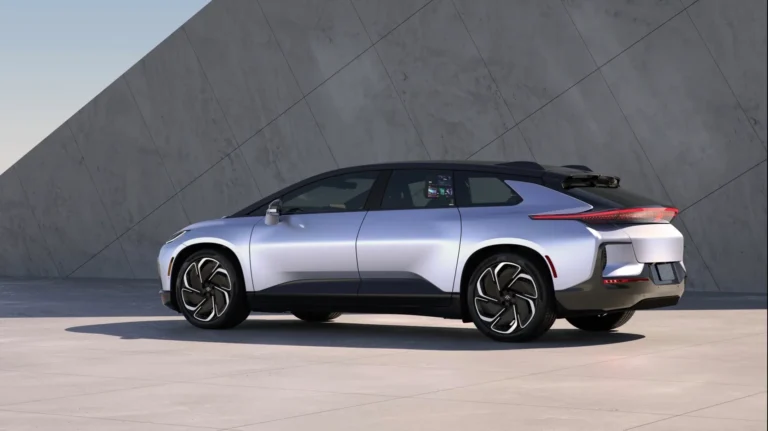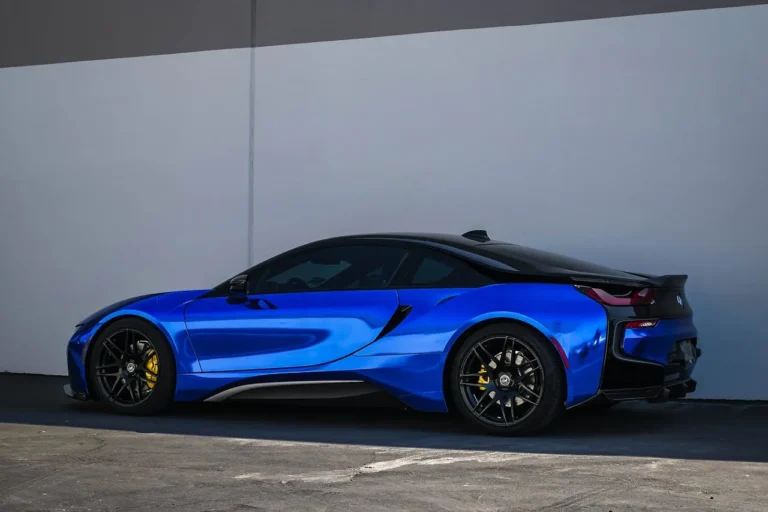
Diodes Incorporated Introduces PI7C9X762Q Low-Power I2C/SPI-to-Dual UART Bridge to Enhance Automotive Connectivity
Diodes Incorporated (Nasdaq: DIOD), a leading global supplier of high-performance semiconductors, has announced the launch of its latest automotive-grade interface solution, the PI7C9X762Q. This device is a low-power, dual-channel UART bridge that converts I2C or SPI bus communications into UART signals, designed specifically for the demanding requirements of modern automotive and electric vehicle (EV) systems. The PI7C9X762Q is positioned to enhance connectivity reliability, optimize system efficiency, and support the growing complexity of automotive electronics networks.
As automotive architectures evolve, electronic control units (ECUs) are increasingly required to communicate over multiple protocols. Smart cockpits, advanced driver-assistance systems (ADAS), telematics, and zonal gateway architectures demand robust, low-latency, and flexible interconnectivity solutions. The PI7C9X762Q addresses these needs by enabling seamless protocol conversion while minimizing power consumption, making it particularly suitable for battery-sensitive EV applications and high-reliability automotive systems.
High-Performance Protocol Conversion and Flexible UART Functionality
The PI7C9X762Q provides full bi-directional protocol conversion between I2C/SPI buses and dual UART channels. It supports SPI clock speeds of up to 33 Mbps, enabling high-speed data transfer in automotive and industrial communication networks. This high-speed capability ensures timely transmission of critical vehicle data, which is essential for functions such as ADAS sensor fusion, infotainment synchronization, and vehicle-to-everything (V2X) communications.
The dual UART channels incorporate 64-byte TX/RX FIFOs with programmable trigger levels, allowing developers to fine-tune data flow according to system requirements. The UART supports flexible character formatting, accommodating 5-bit, 6-bit, 7-bit, or 8-bit characters, along with selectable parity options (even, odd, or none) and configurable stop bits (1, 1.5, or 2). This flexibility ensures compatibility with a wide range of existing UART implementations, reducing software migration efforts for engineers integrating the PI7C9X762Q into legacy systems or multi-vendor environments.
In addition, the device’s internal register set is backward compatible with standard UARTs, which simplifies software development and accelerates time-to-market. Developers can leverage familiar UART register operations without needing extensive code modifications, ensuring smooth integration into existing vehicle control architectures.
Low-Power Operation for Electric and Conventional Vehicles
One of the key advantages of the PI7C9X762Q is its optimized low-power performance. The device is engineered to consume minimal power both during active operation and in sleep mode, which is crucial for electric vehicles where energy efficiency directly impacts driving range and system thermal management. By minimizing power draw, the UART bridge contributes to the overall energy efficiency of vehicle electronics while maintaining high performance and connectivity reliability.
This low-power operation also benefits conventional internal combustion engine vehicles, particularly in systems where multiple ECUs, telematics units, and infotainment controllers operate simultaneously. Reducing the cumulative power consumption across these networks helps improve fuel efficiency and reduces heat generation, contributing to longer component life and enhanced system reliability.
Compact Package with Enhanced Integration Options
The PI7C9X762Q comes in a compact 32-contact TQFN package measuring just 5 mm x 5 mm. Despite its small footprint, the device integrates up to eight programmable general-purpose input/output (GPIO) pins, offering design flexibility for automotive engineers. These GPIOs can be configured for various control, signaling, or monitoring purposes, enabling more efficient use of PCB space and reducing the need for additional components.
The device also includes advanced features such as auto-hardware and software flow control, which ensure stable and secure data transmission. Fractional baud rate support allows precise timing adjustments to match specific system requirements, while the software reset function enables the UART to be reset independently of a hardware reset signal. These capabilities make the PI7C9X762Q a highly adaptable and reliable solution for automotive and industrial applications.
Applications in Modern Automotive Electronics
The PI7C9X762Q is targeted at a broad range of automotive applications. In smart cockpit systems, it enables seamless communication between infotainment controllers, touch displays, and sensor modules. Central controllers and I/O module controllers can leverage the device for efficient data transfer between high-speed SPI or I2C buses and UART-based subsystems. In ADAS applications, the PI7C9X762Q helps facilitate robust communication between sensors, processing units, and decision-making modules, supporting real-time safety-critical functions such as lane departure warning, adaptive cruise control, and collision avoidance.
Telematics systems, which rely on reliable data exchange for vehicle tracking, diagnostics, and over-the-air updates, can also benefit from the low-power, high-performance UART bridge. Similarly, zonal gateways, which consolidate communication for multiple subsystems in modern EV and connected vehicles, can use the PI7C9X762Q to bridge protocol gaps efficiently, minimizing wiring complexity and system latency.
Availability and Pricing
Diodes Incorporated has made the PI7C9X762Q available at $3.68 per unit in 1,000-piece quantities, offering a cost-effective solution for high-volume automotive production. Additionally, a standard compliance version, the PI7C9X762, is available for industrial and commercial applications where full automotive qualification is not required. This ensures flexibility for designers across a wide range of markets, from industrial automation to consumer electronics, while leveraging the same feature-rich UART bridge architecture.







